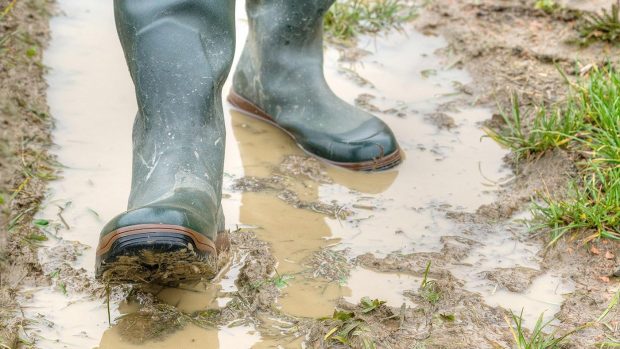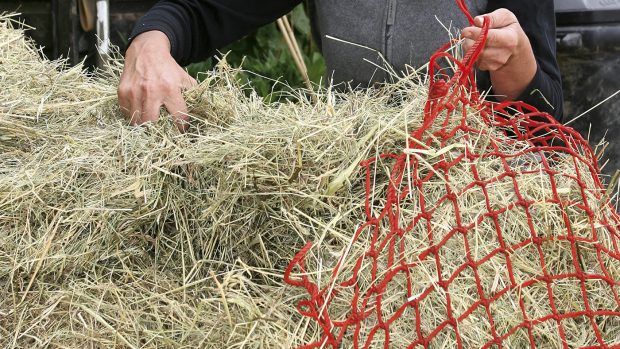Horseowners are being warned that this could be the third tough year in a row for buying hay – though for different reasons than the past couple.
Prices have soared over the past two winters due to poor crops after very dry summers. This year, quantities look good and costs should remain stable, but the appalling weather has affected quality.
“The hay harvest was late with the rain this year,” said a spokesman from the Hay and Straw Merchants Association (HSMA). “There will be plenty of haylage, possibly even more than normal, and second-quality hay – but we’ll be lucky to get good amounts of top-class racehorse hay.
She added there are exceptions, but that best-quality hay is likely to “command a premium price“.
Brian Peacock from Yorkshire Haylage added: “After the most difficult wet June and July ever, trying to get first-cut [earliest harvest, usually in May/June and the most nutritionally valuable] haylage has been near impossible, and hay impossible. We’ve had bumper crops, but the quality is diminished.
“So it’s ‘buyers beware’ – there will be a lot of poor-quality first-cut product to watch out for, so it’s worth looking at a reliable supplier, or trying before you buy.”
Due to more horses having to stay in this summer, H&H readers are concerned about how much hay and haylage has been fed – and a possible price increase. But farmers are reassuring.
“Fortunately, we still have some of last year’s stock, as it was a mild winter, but we have had some panic buying,” said Mr Peacock. “So far, the price hasn’t risen, and if we can get some hay made in the next few weeks, that should keep the price intact.
“If we can get good second cuts, that should keep the price similar to last year, but onceagain we are totally reliant on the weather.”
According to the HSMA, last winter hay prices were highest in the eastern counties, at around £110 per tonne. The cheapest were found in Scotland, at £60 per tonne.
Ben Bonnett from Top Grass Haylage said he was “remaining positive“.
“Grass crop yields look good, but we have only managed to get under half of the crop baled so far.
“We have some quality made haylage, but the quality is dropping off as the grass crop gets older.”
This news story was first published in the current issue of H&H (30 August 2012)





